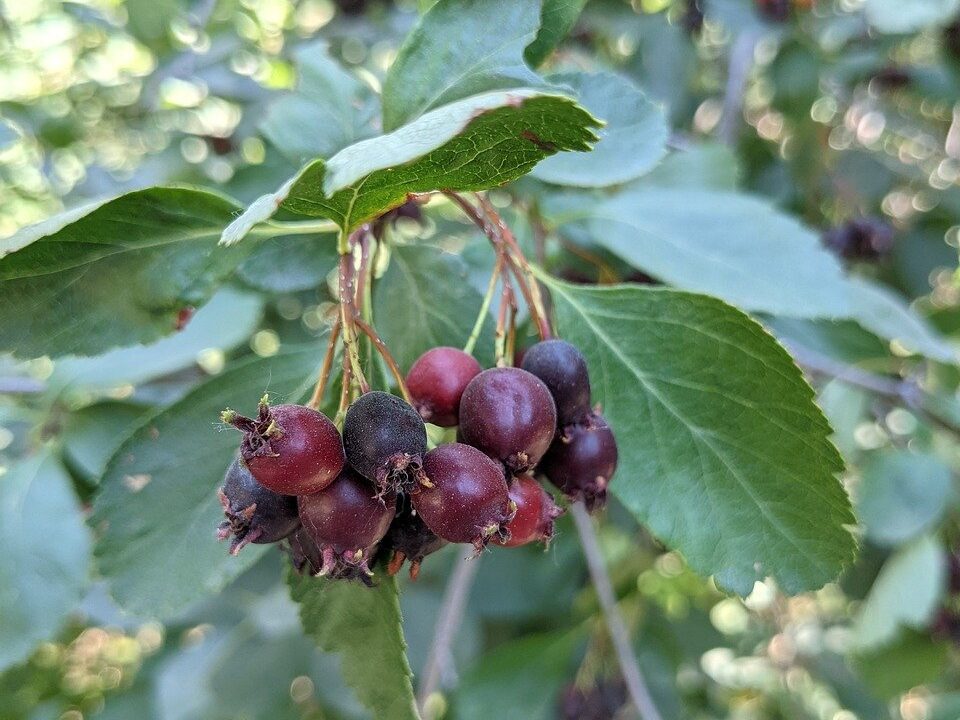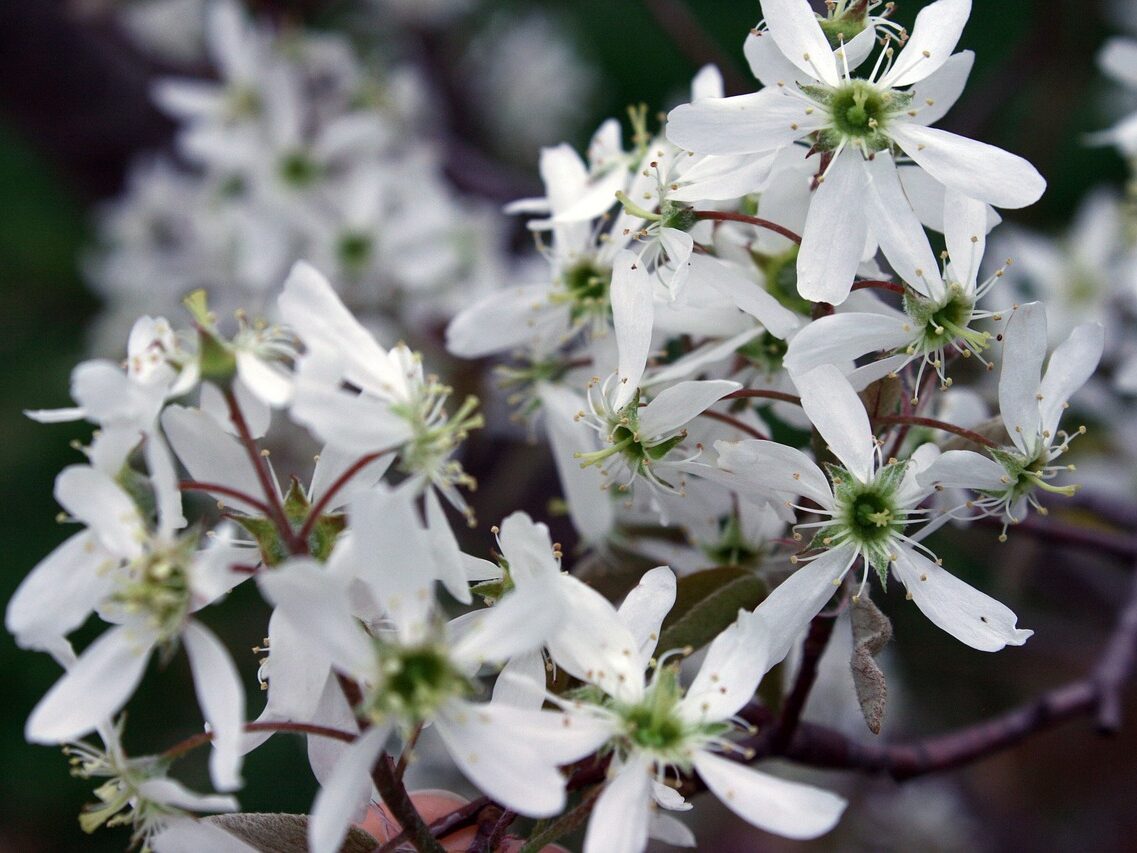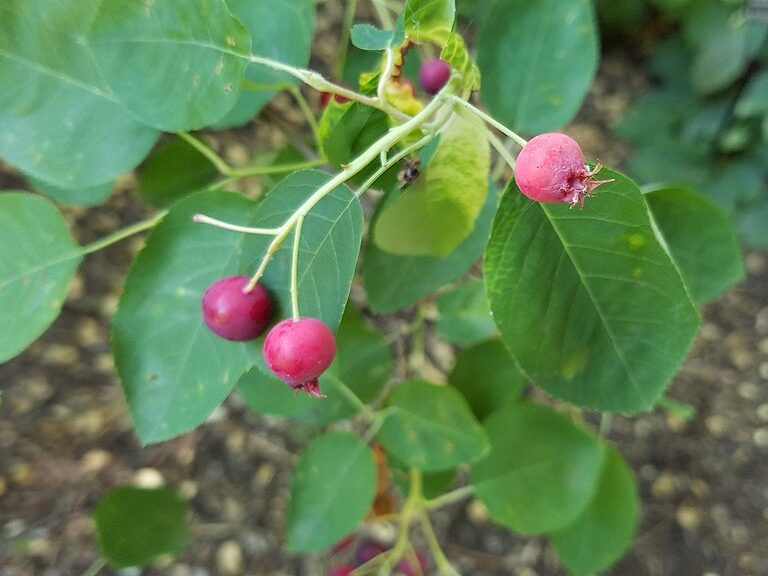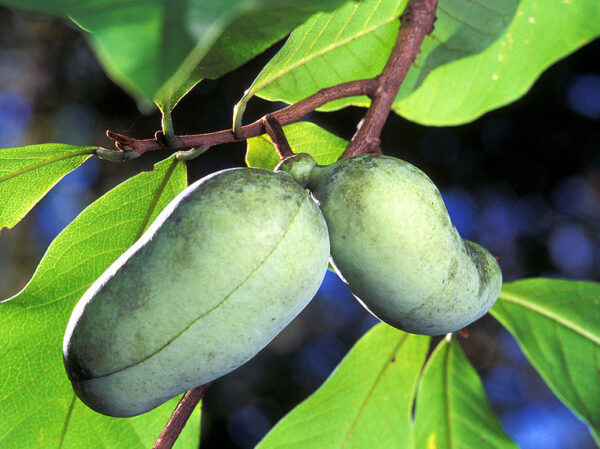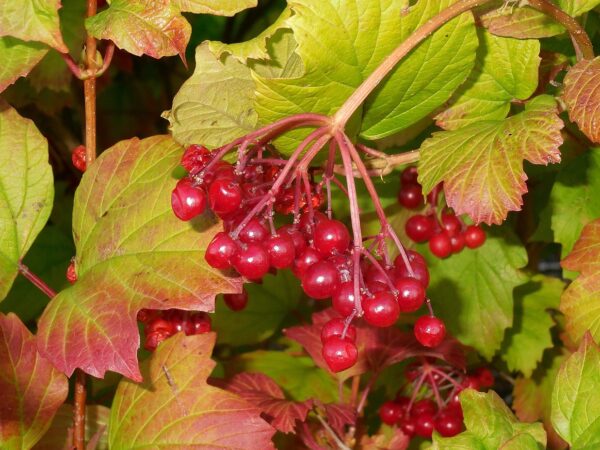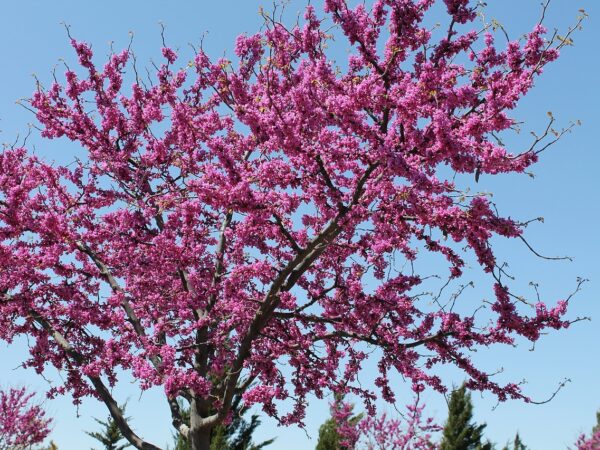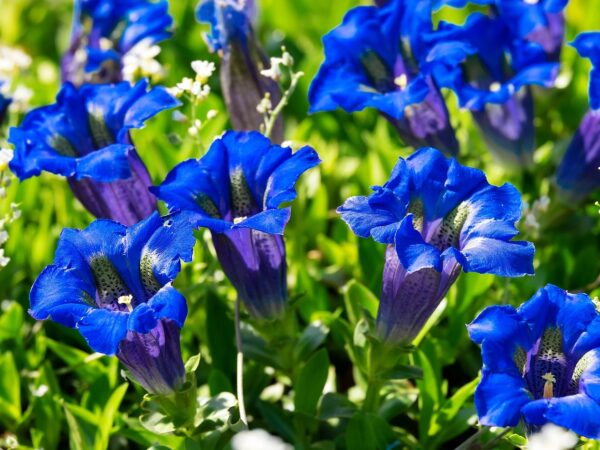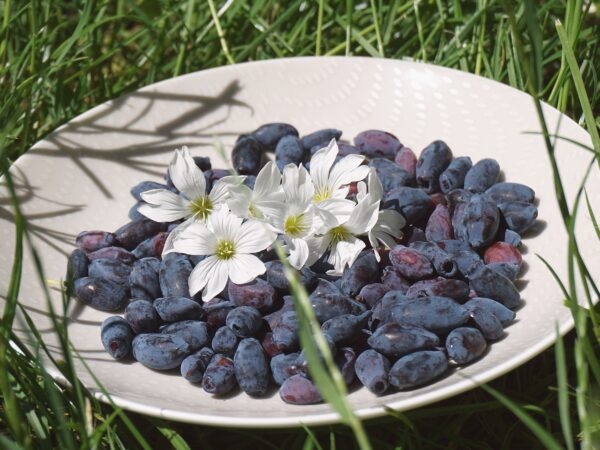Your cart is currently empty!
Additional Info
Edible Canadian Shrubberies:
What is a Saskatoon berry? North American super fruit?:
Cold stratifying seeds using the paper towel method:
Studies:
Description
When looking through the products I offer, one thing you might notice is that I have a fondness for Canadian shrubs and also foods that were traditional eaten by Indigenous Americans – though that Venn diagram between those two categories is basically just a circle.
Saskatoon berry/Serviceberry/Juneberry/Shadbush – whatever you want to call it – is a unique treat. Traditionally used fresh, dried, and as an ingredient in pemmican – alongside dried meat and tallow – the Saskatoon berry is one that has survived our transition into industrialised agriculture and still holds a name for itself – at least among Canadians who forage. USAmericans are less likely to recognise this as food – a real shame given it’s a prolific producer of berries that run the gamut of what you want a berry to do. It’s one of the very few things I carry that should appeal fresh, dried, or preserved. A real ‘jack of all trades’ if you will.
The technical bits –
‘Smokey’ is a selected for its large, sweet berries and reliable yields. The fruit is often compared to blueberries but with a richer, almond-like undertone thanks to the tiny seeds.
This deciduous shrub grows 2-4 metres tall, with upright growth and white spring flowers that support early pollinators. Fruit ripens in early to mid-summer. It’s well suited to cool-temperate climates and does especially well in areas with cold winters and mild summers.
Growth & Conditions:
‘Smokey’ tolerates a range of soils but prefers moist, well-drained loams. It does best in full sun but will tolerate partial shade. Hardy to -40°C, and tolerant of wind, drought, and even light salinity once established. A good option for exposed or inland areas.
Fruiting from Seed:
This seed comes from open-pollinated ‘Smokey’ plants and will not come true to type – seedlings will vary in fruit size, sweetness, and form. While self-fertile, to ensure the best fruit set you should grow at least 3-5 seedlings to allow for sufficient cross-pollination and diversity.
Cold Stratification & Germination:
Seeds require 3–4 months of cold, moist stratification at 1-5°C. After that, sow into cool soil (15-20°C). Germination may take several weeks.
